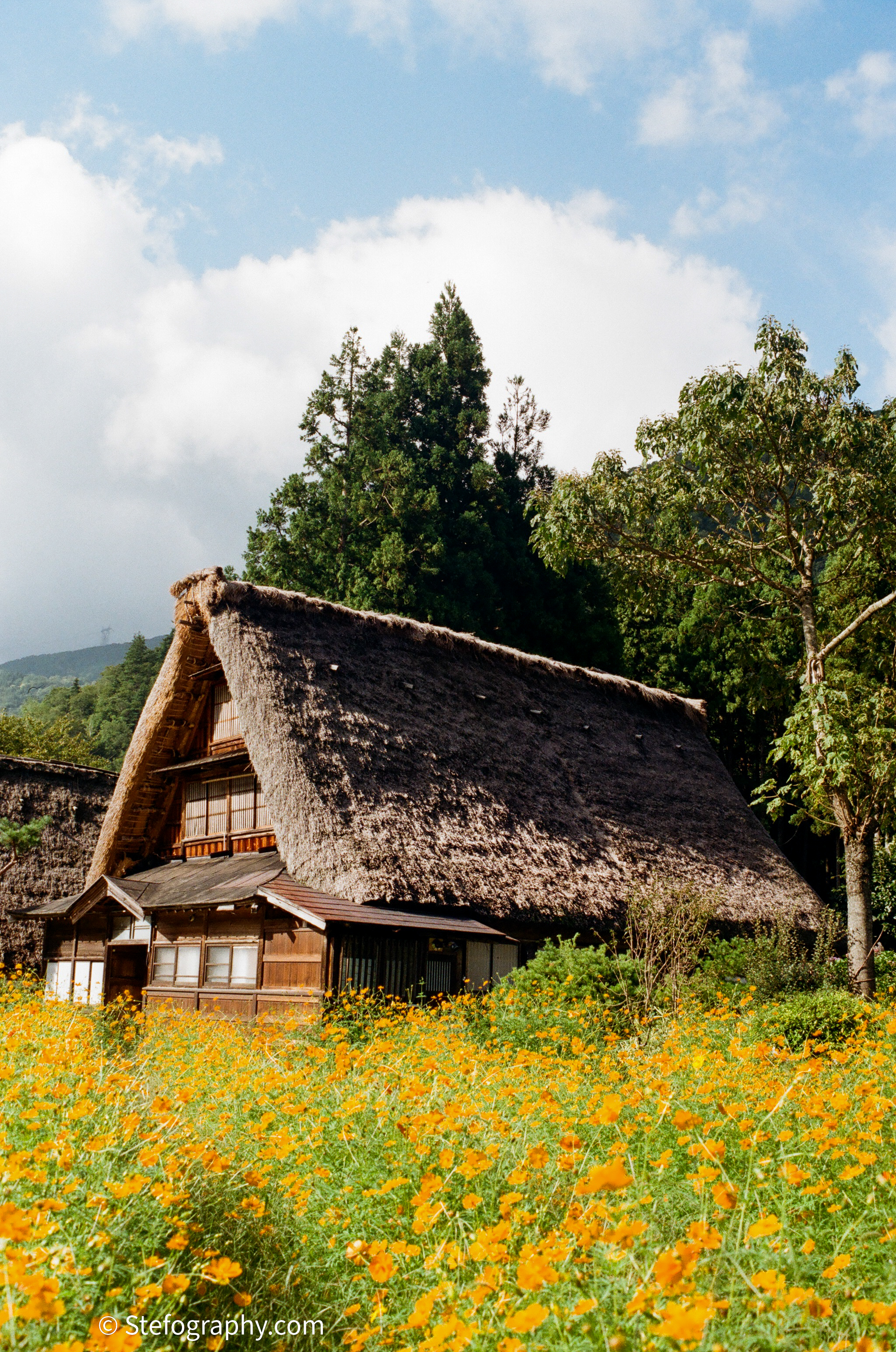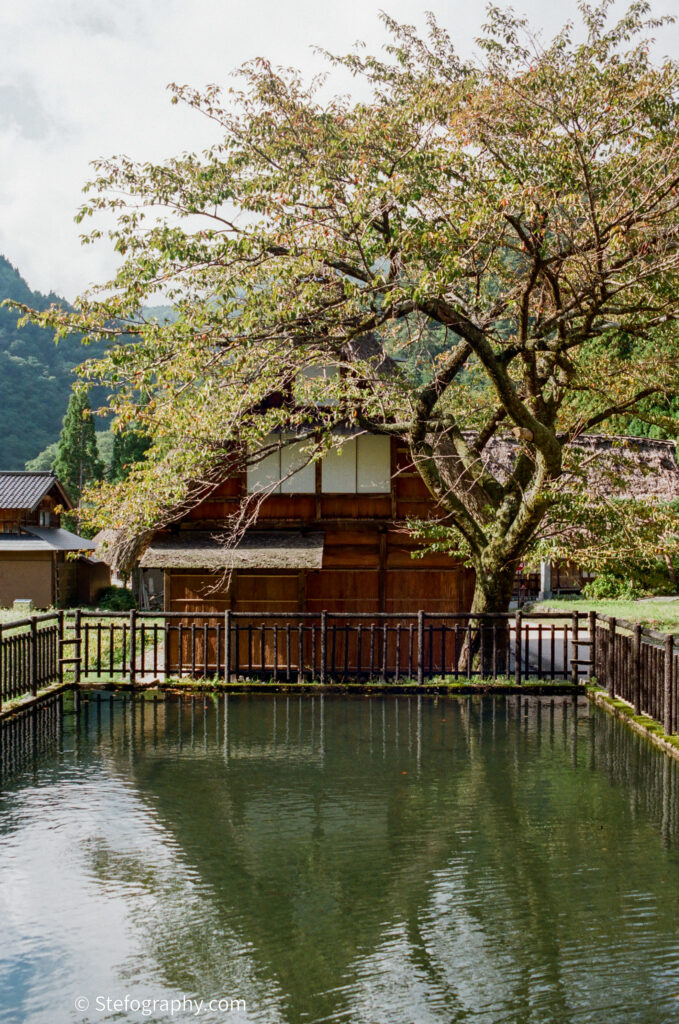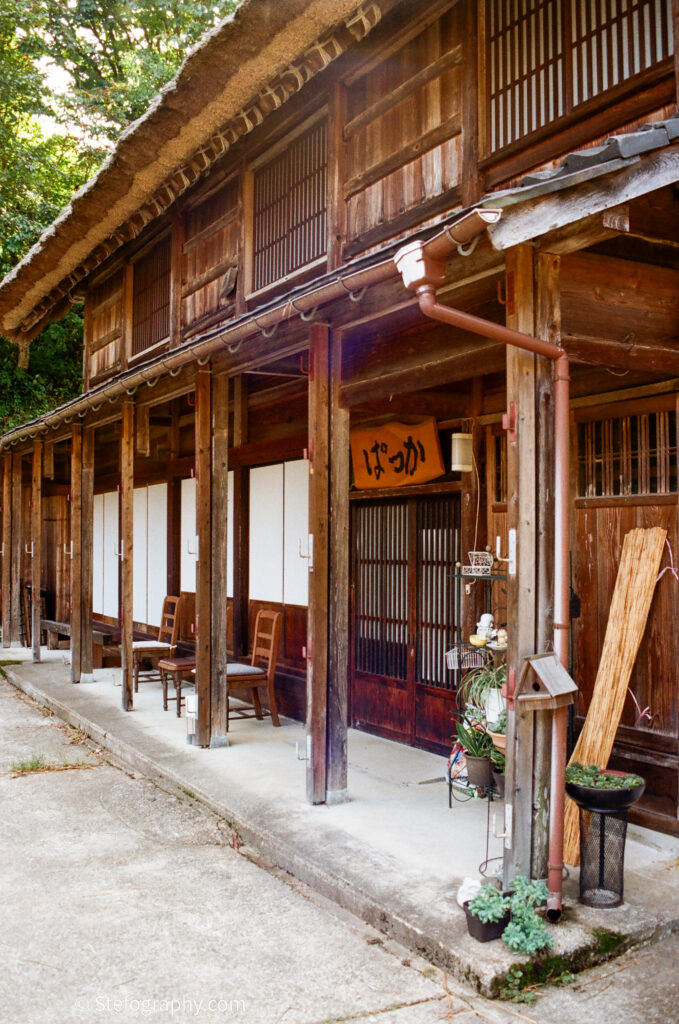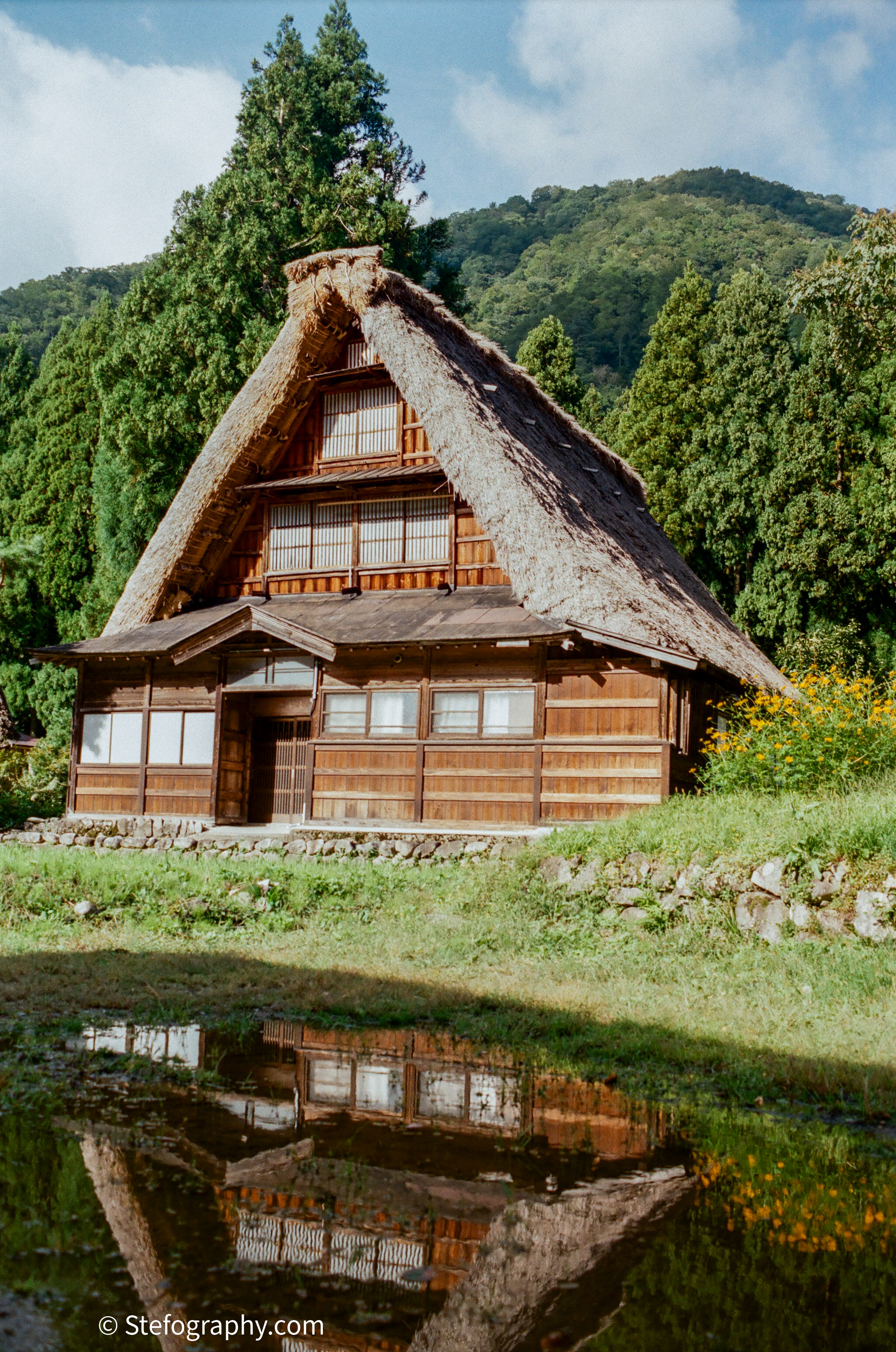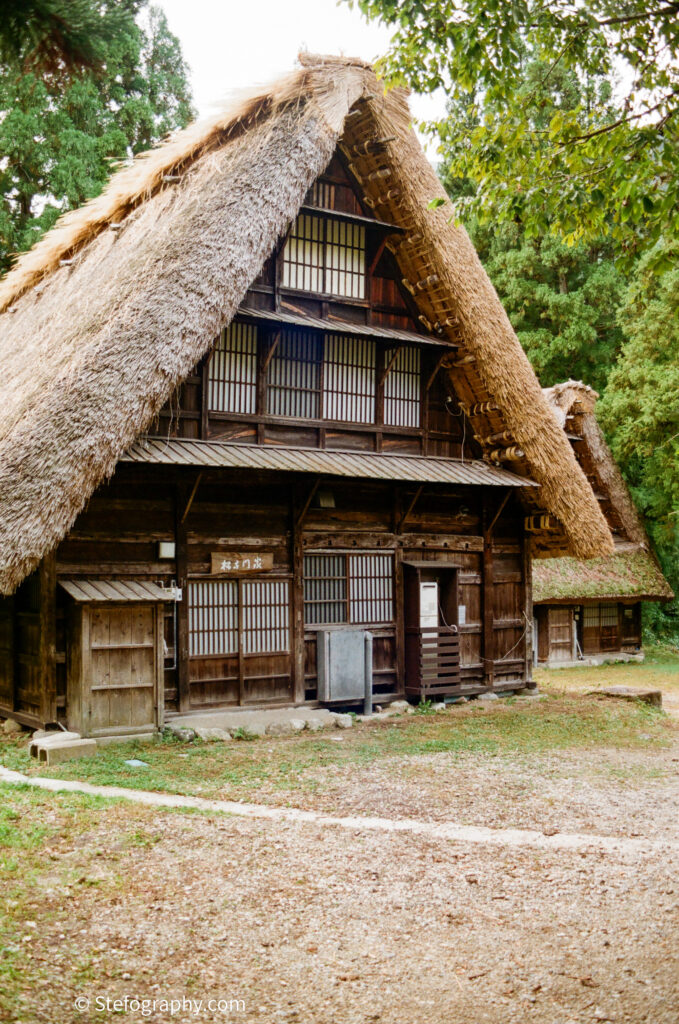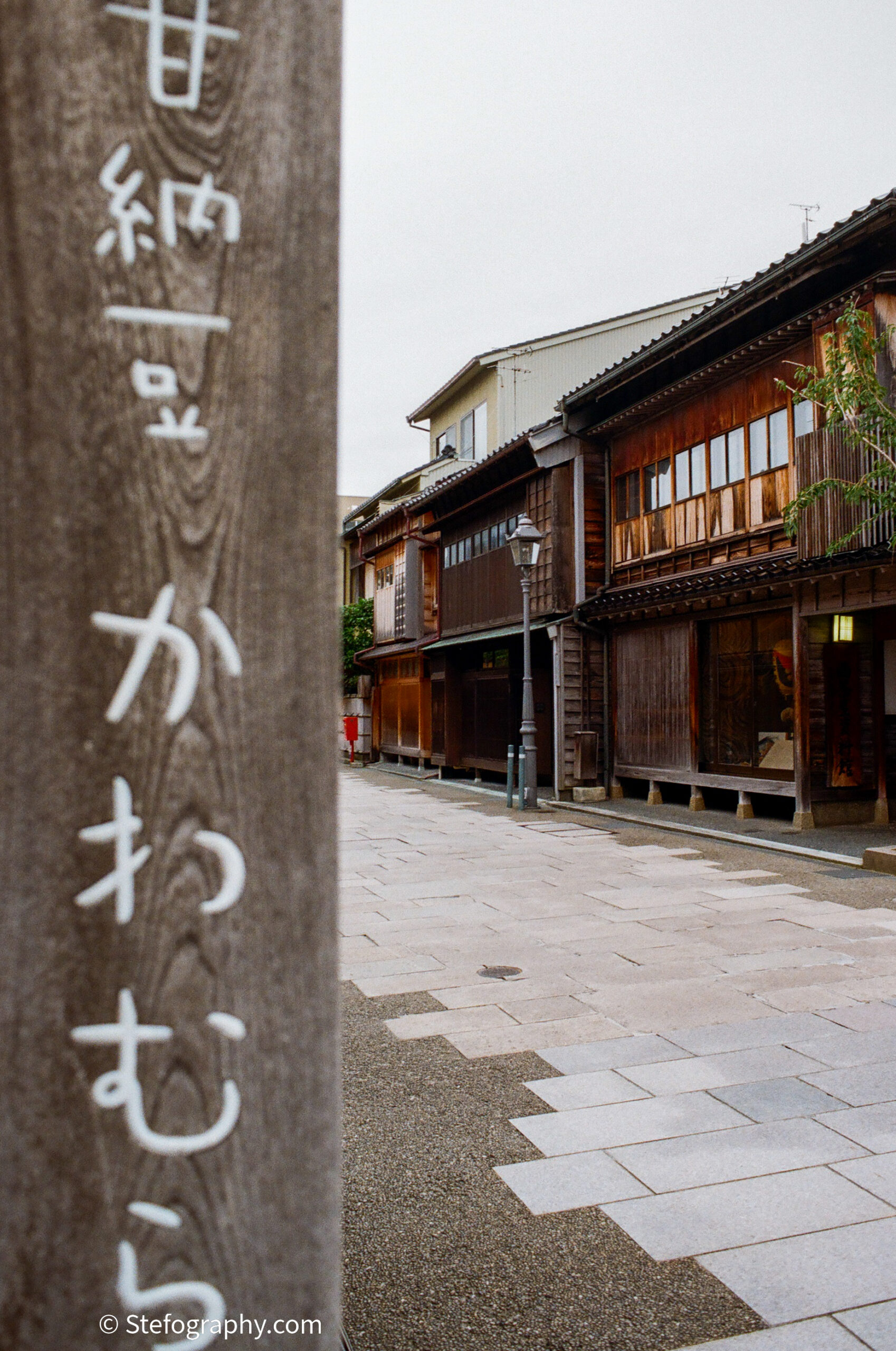I’m not only fortunate to have had a three-month work trip to the beautiful country of Japan, but those three months also included several national holidays that all fell on Mondays, giving me four long weekends to explore beyond Tokyo and the easily accessible areas around it.
After the wonderful trip to the Kii Peninsula, where I soaked in amazing hot springs and ate the freshest tuna imaginable, I took Captain Click on a trip to Kanazawa, a city known for its rich cultural heritage and well-preserved Edo-period atmosphere. It’s often called a “little Kyoto” because of its historical charm and elegance, but with far fewer crowds than the old capital.
Bad weather aside, I truly enjoyed this trip—it certainly lived up to the high expectations set by every guide I’d read. What stood out to me most was the friendliness of the locals, the peaceful atmosphere, and the delicious fresh seafood available everywhere. Not to mention the amazing market, offering a wide variety of cook and uncooked food, and it’s bustling with hungry travelers like myself.
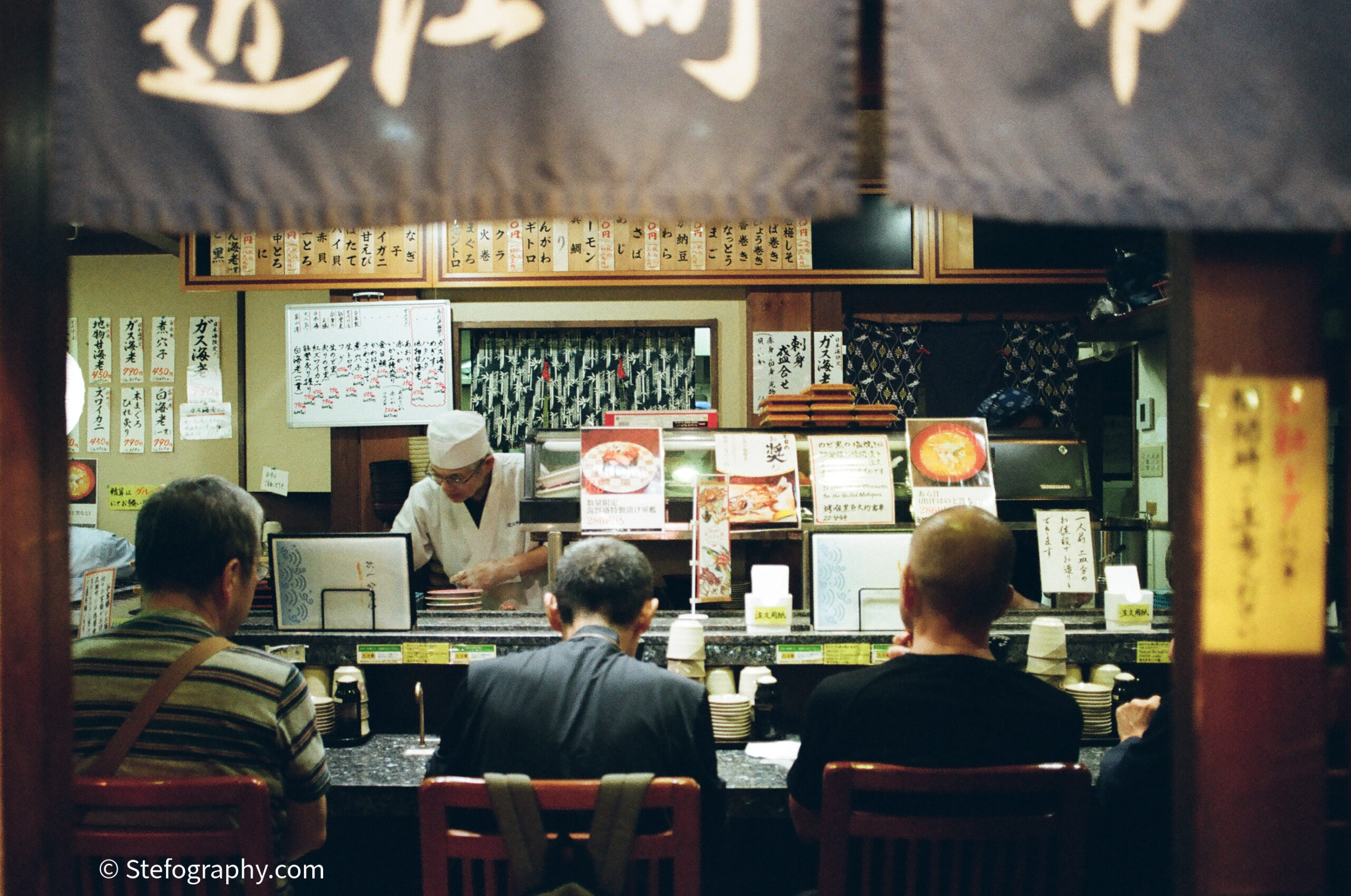
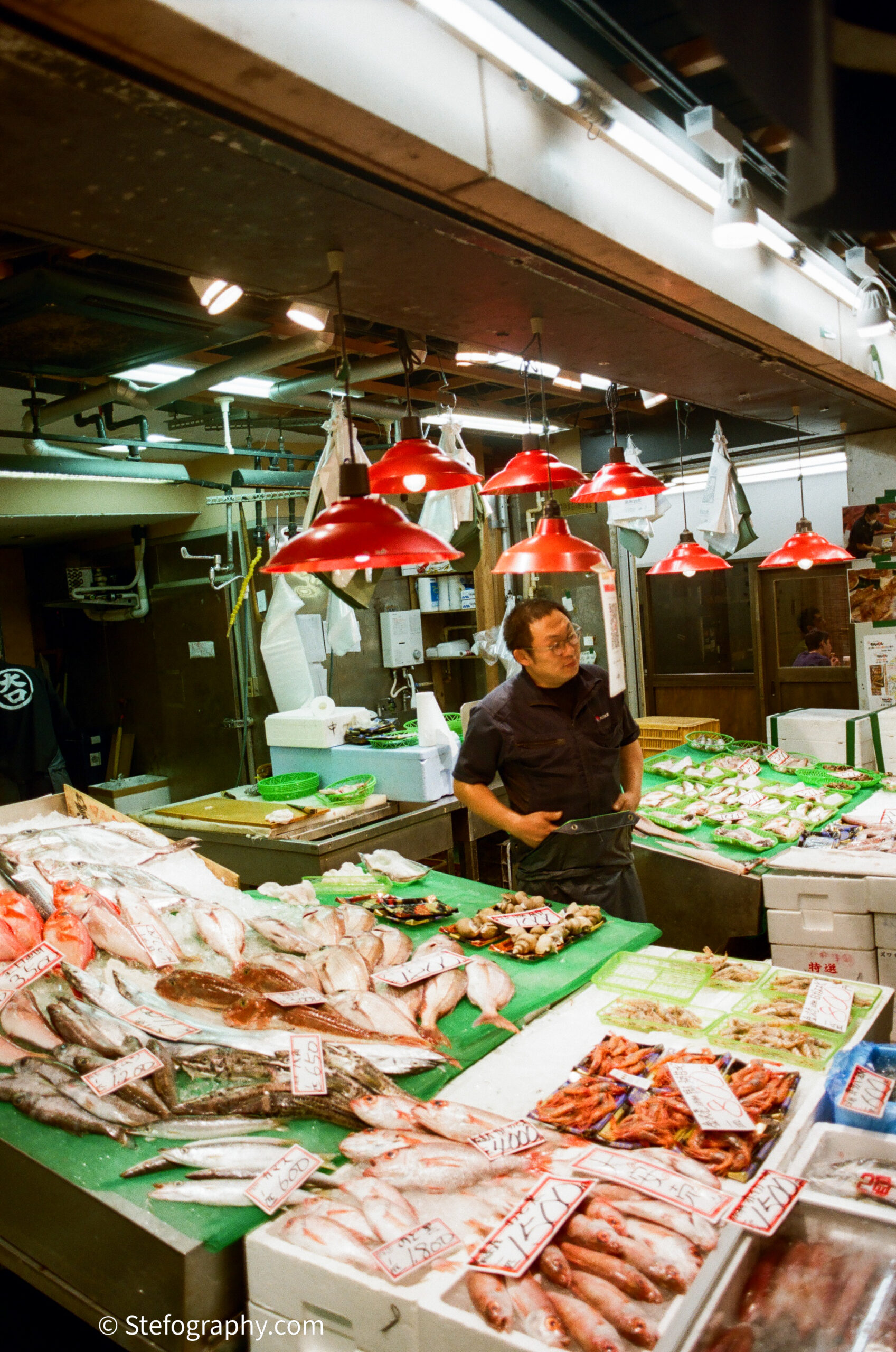
Nagamachi Samurai District
The first stop on my Kanazawa itinerary was the Samurai District, a neighborhood where samurai and the rulers of Kanazawa once lived. Lined with cobblestones and surrounded by tall fortified walls, the streets here felt noticeably different from those I usually see in Japan—likely due to the heightened security needs of the important people who lived here. (But that’s just my take.)
Another thing I noticed is that it’s only really possible to photograph the streets themselves, since all the houses are tucked away behind tall walls and trees, with only their upper sections visible. So here are a few photos of the quiet, empty streets in the early morning light.
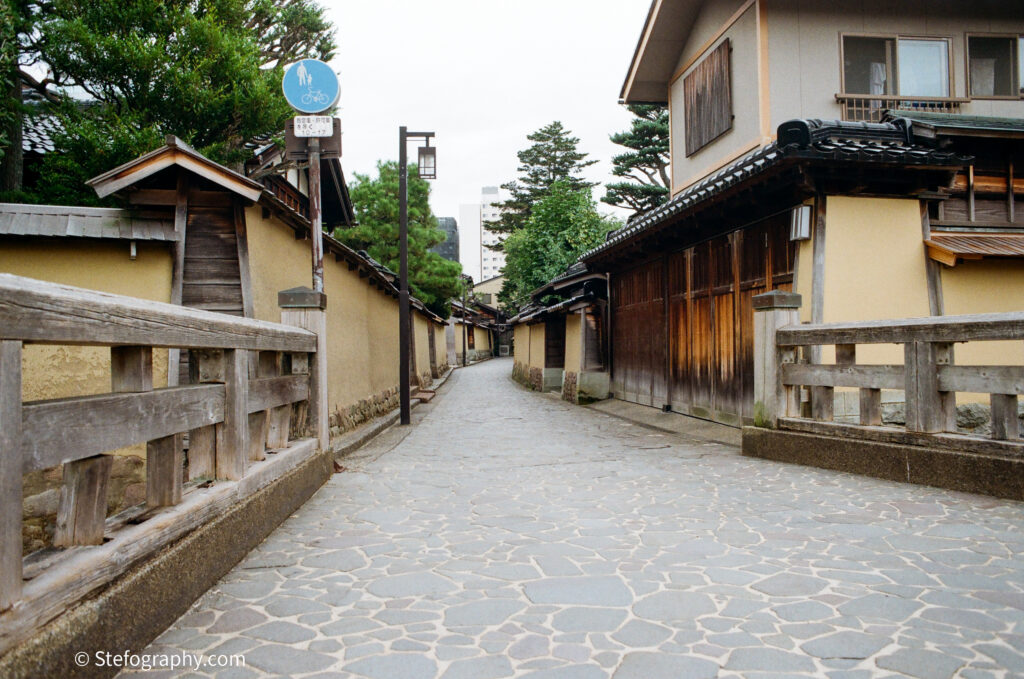

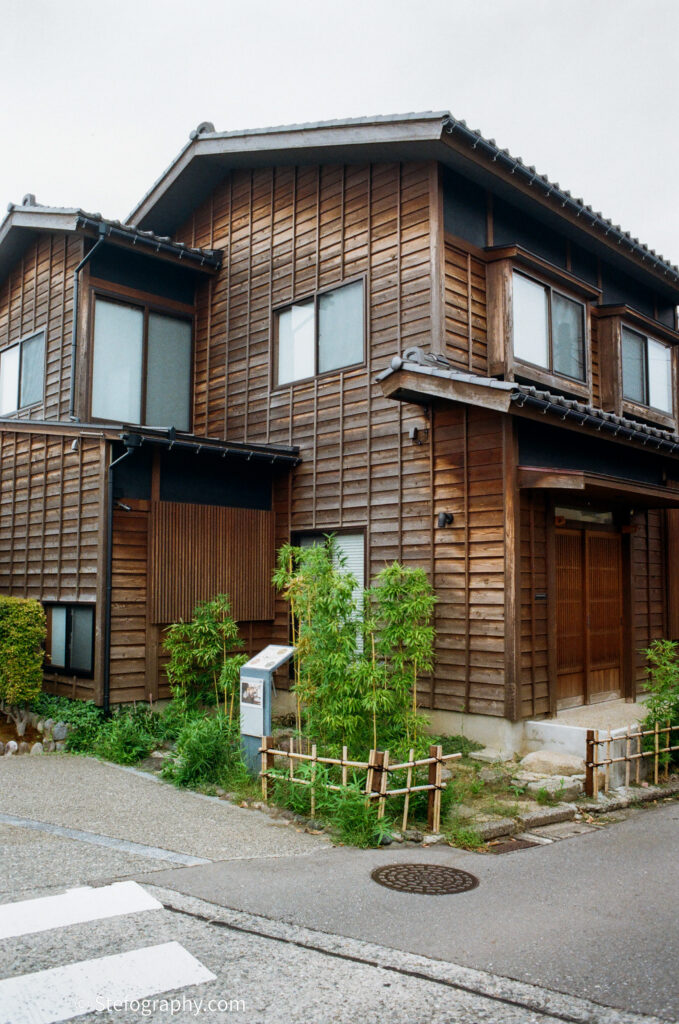
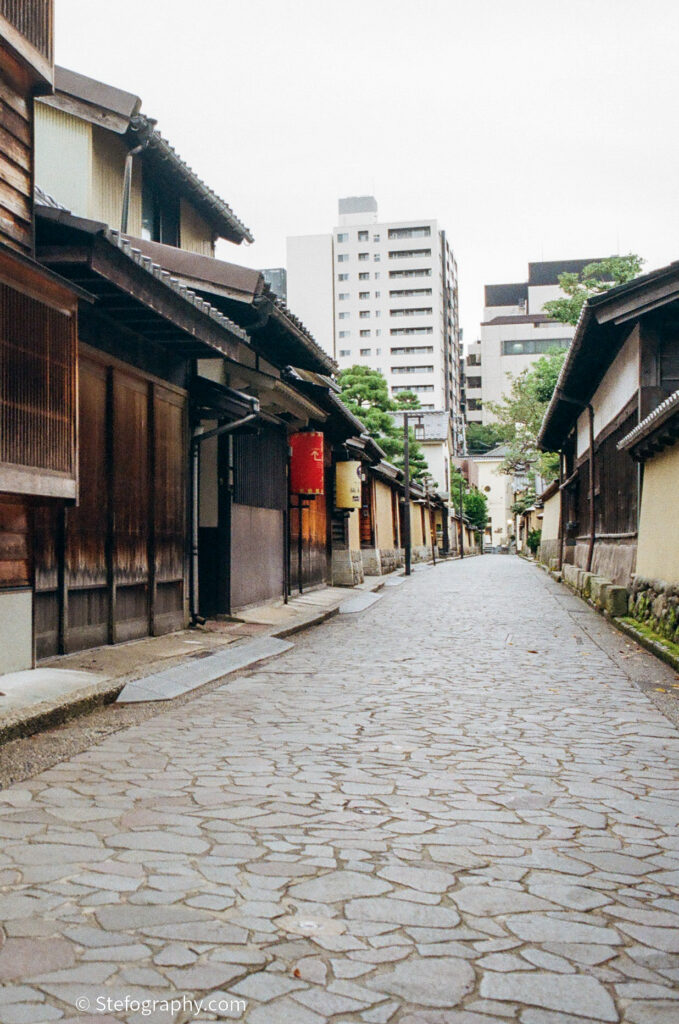
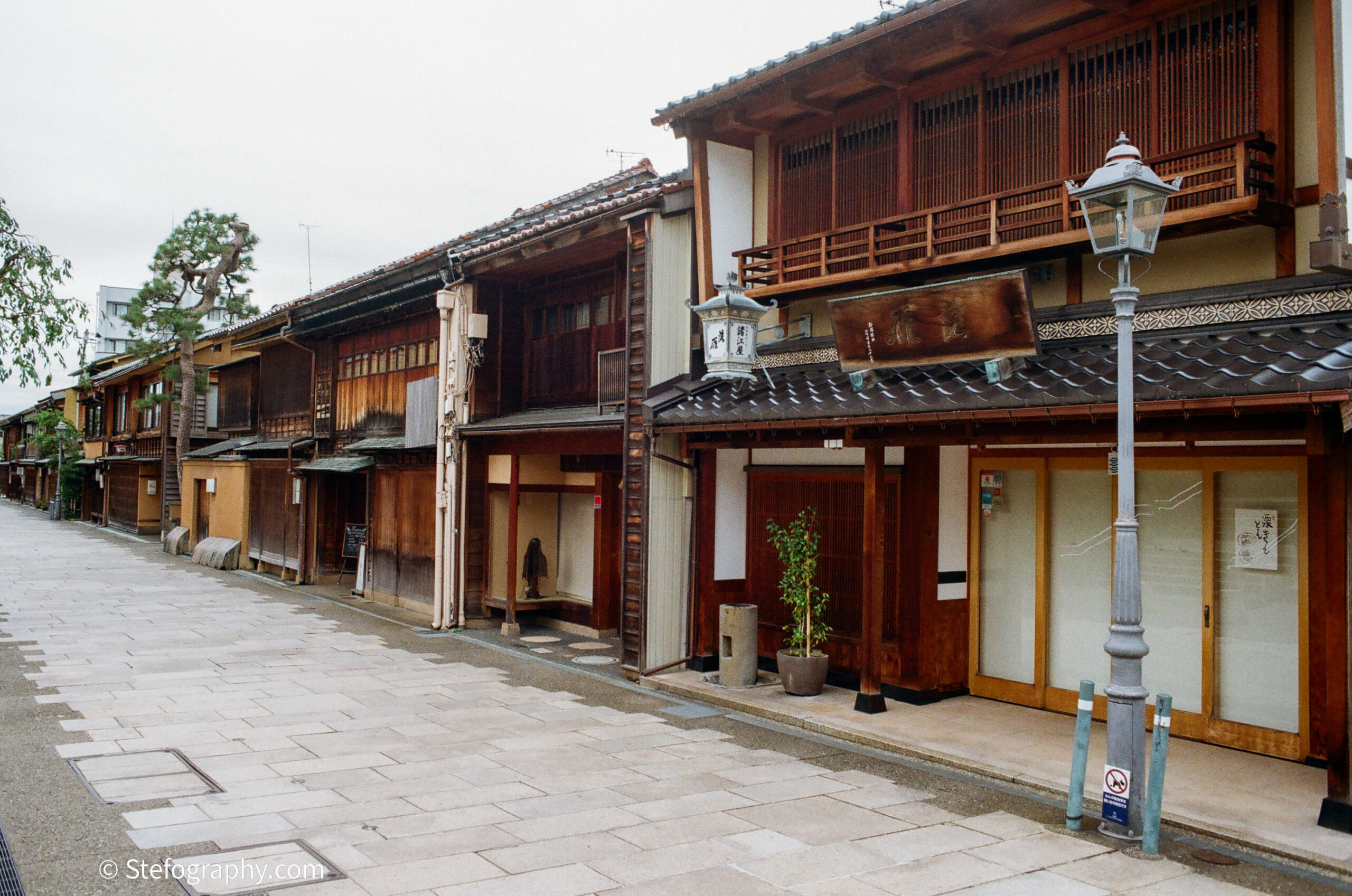
Kazuemachi Chaya District
The Kazuemachi Chaya District is one of the few historic geisha districts in Kanazawa, Japan, nestled quietly along the Asano River. Smaller and less frequently visited than Higashi Chaya, it has a charming, intimate atmosphere. The narrow, stone-paved alleys are lined with well-preserved traditional wooden machiya (townhouses), many of which still function as exclusive ochaya (teahouses) where geisha once entertained—though I wasn’t lucky enough to see one.
The district’s preserved architecture offers a beautiful glimpse into the Edo period, especially in the soft evening light. I tried to capture that atmosphere on film, but instead found myself wondering if shooting on analogue was the right choice—rather than returning home with photos to be proud of.


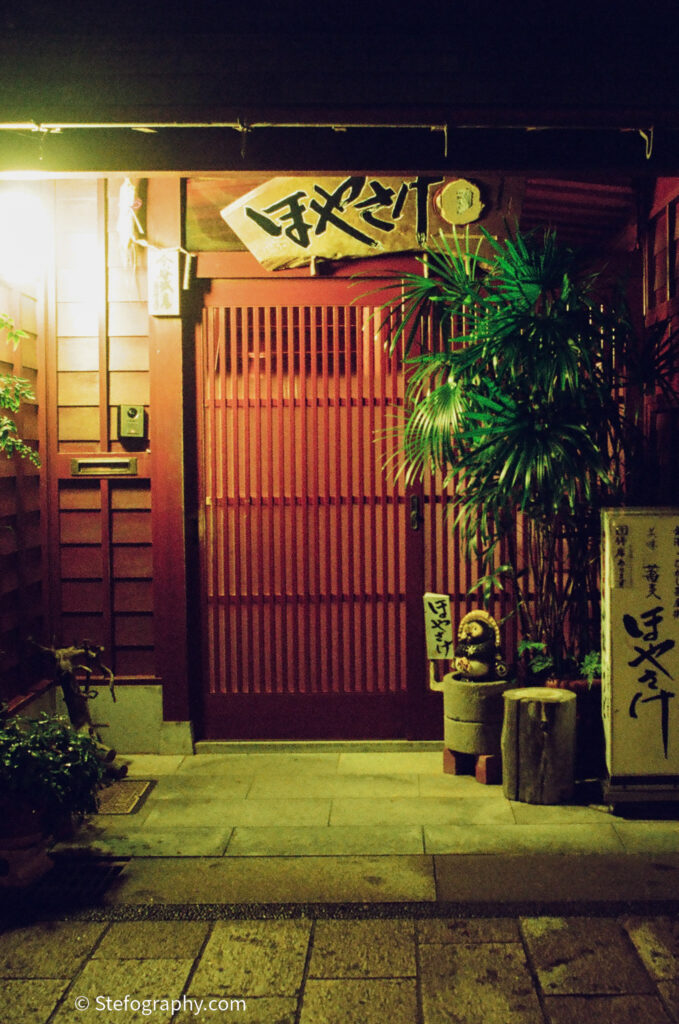
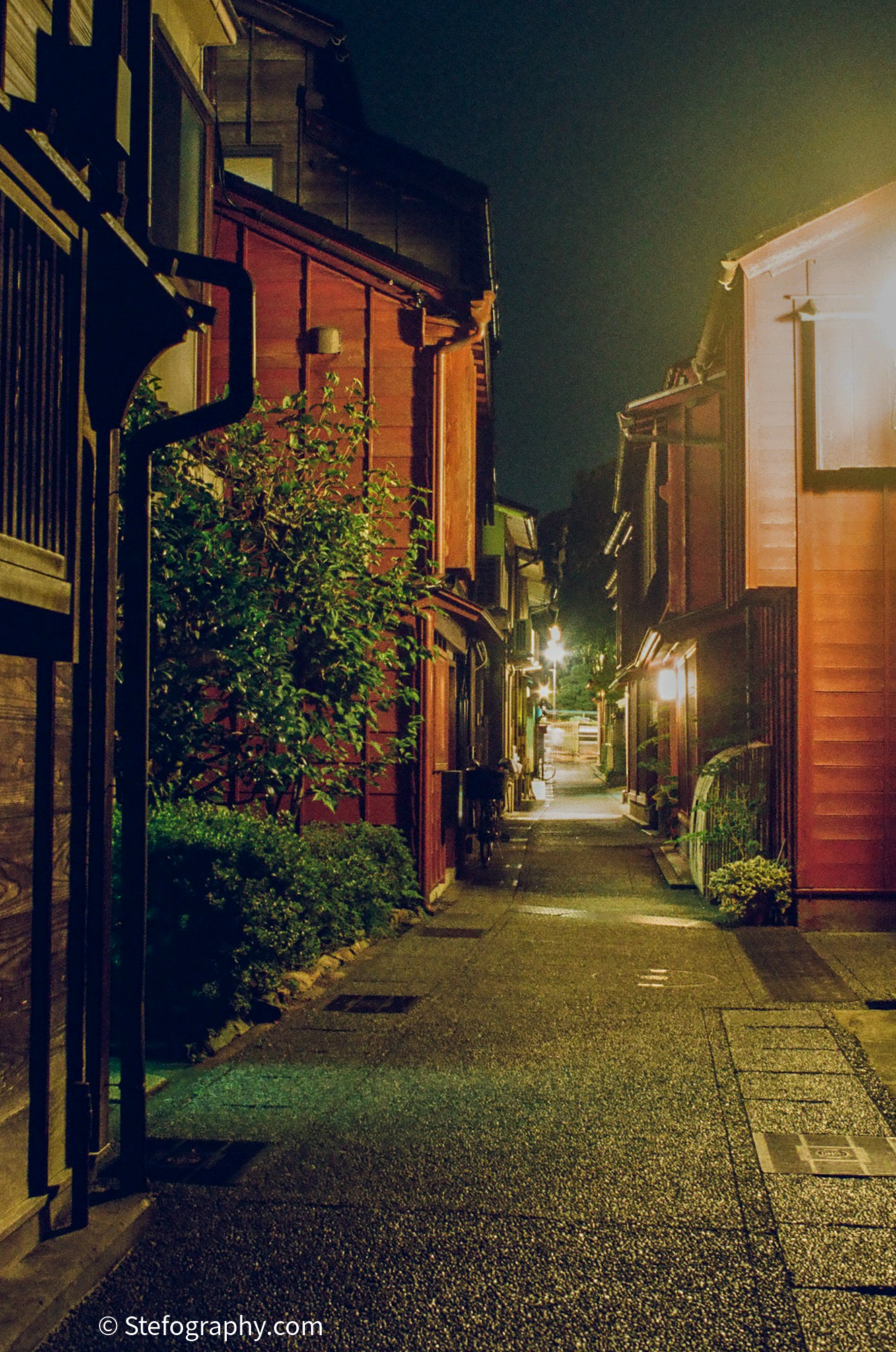
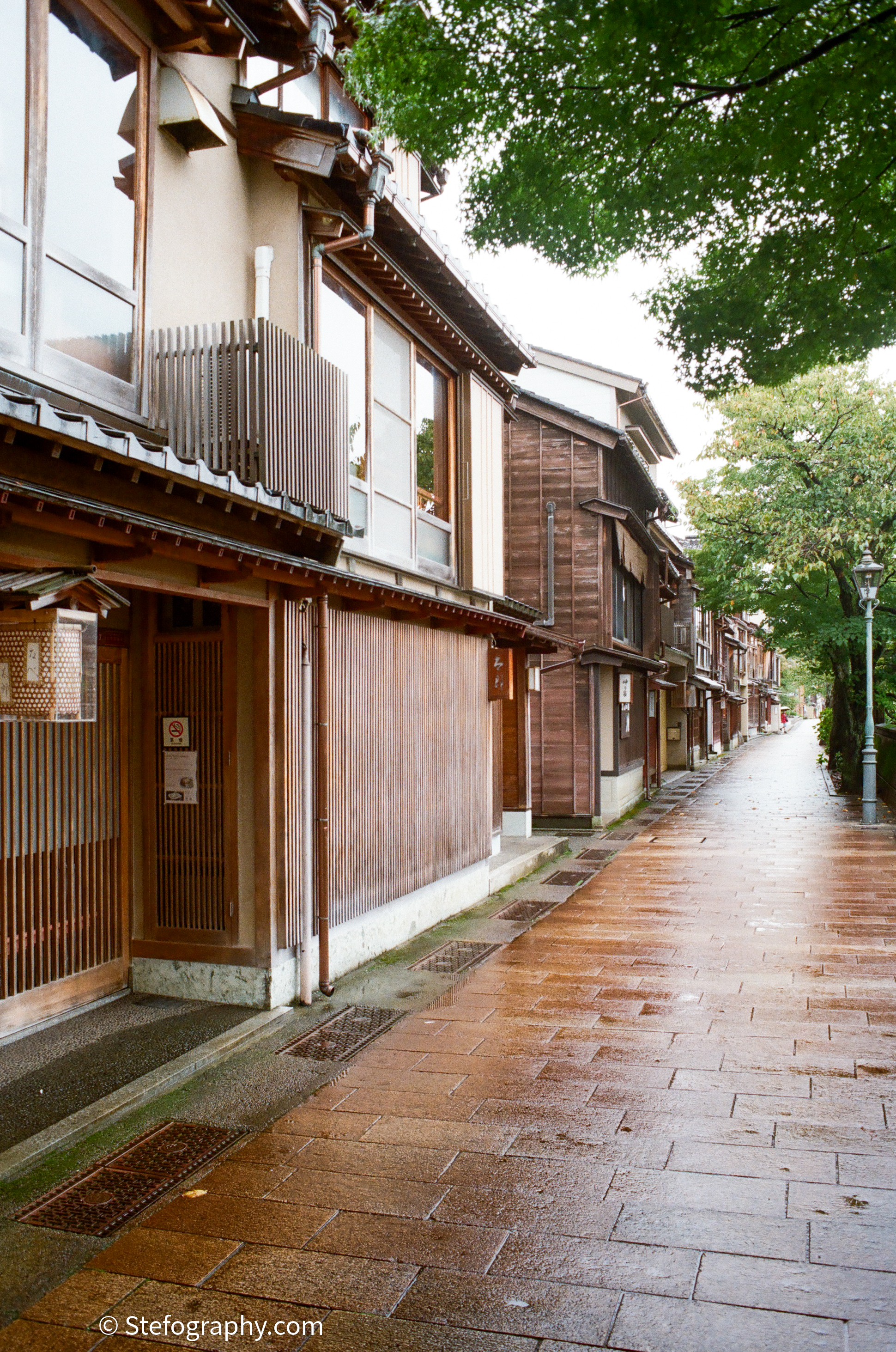
Higashi Chaya District
The Higashi Chaya District is the largest and most famous of Kanazawa’s historic geisha districts, established in 1820. Its main street is a beautifully preserved stretch of traditional ochaya, recognizable by their distinctive wooden facades. Unlike Kazuemachi, Higashi Chaya is usually crowded with tourists during the day, as many former teahouses have been converted into cafés, sweet shops, and boutiques selling local specialties.
Once again, I wasn’t lucky enough to spot any geisha, but I did feel fortunate to find the streets mostly empty—thanks to the rain and my early-bird habits.
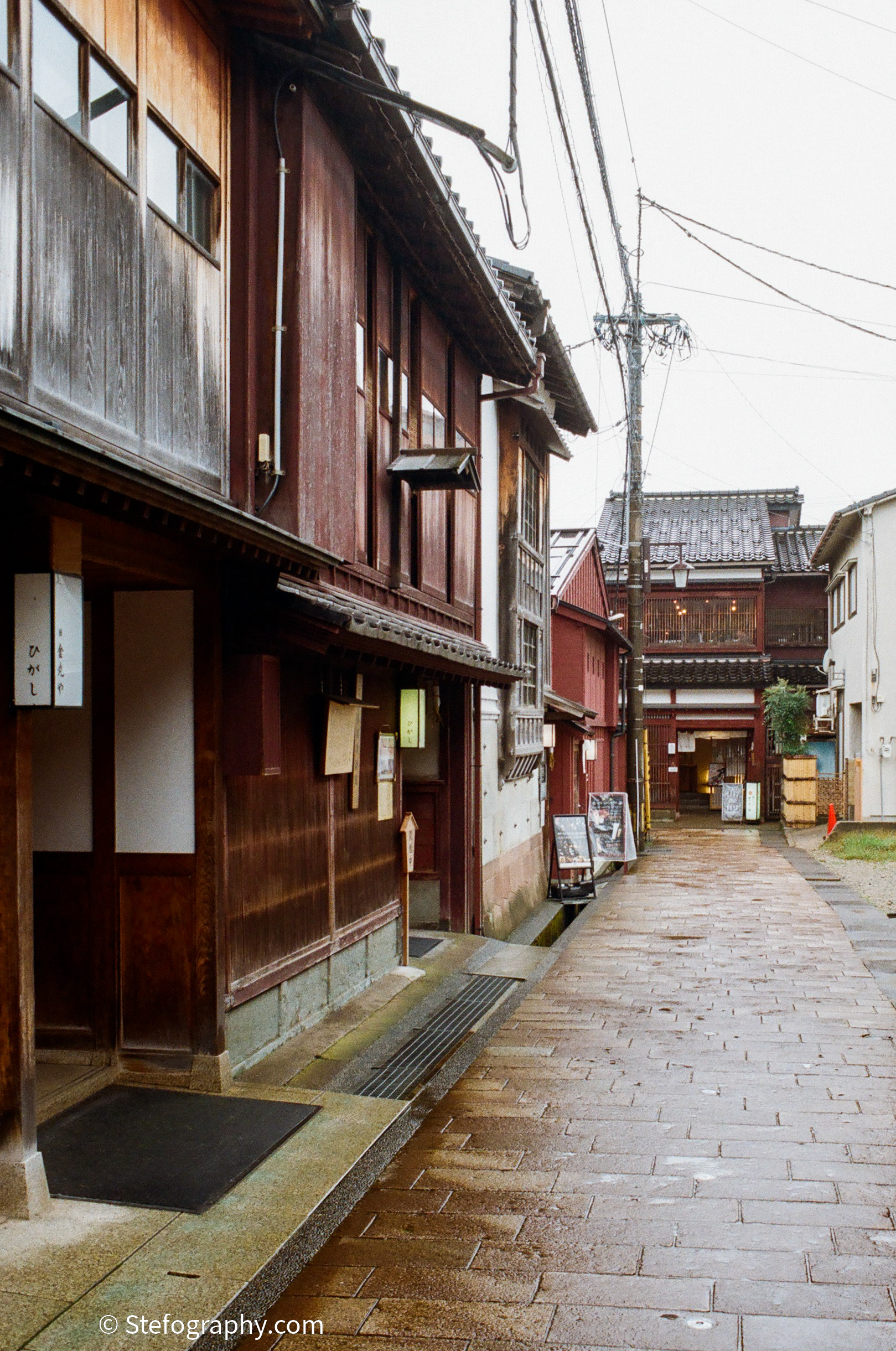
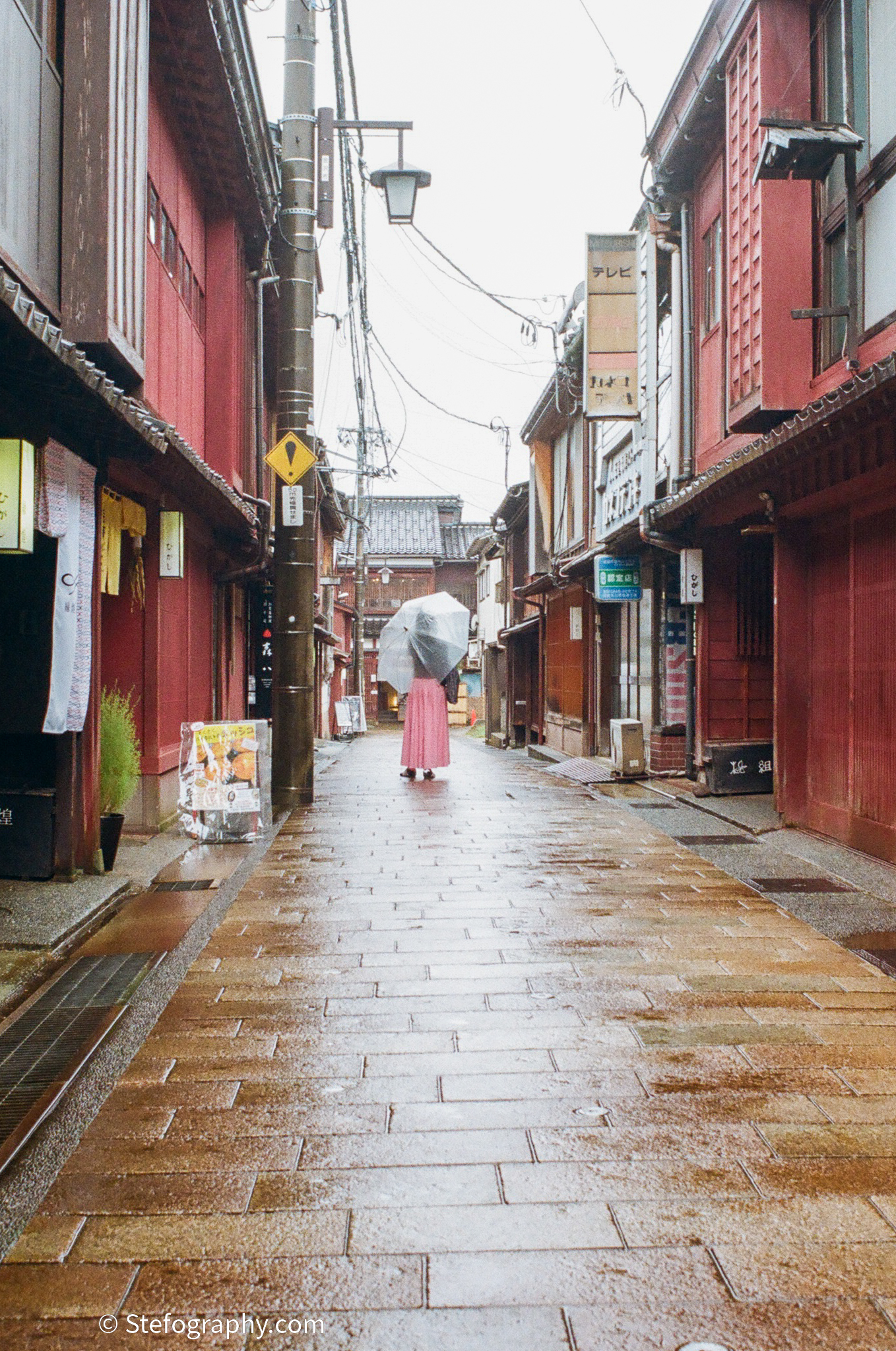



Day trip to Shirakawa-Go
The trip to Kanazawa was full of beautiful sights, but the cherry on top was still to come. On Sunday morning, I boarded the earliest bus to Shirakawa-go, a UNESCO World Heritage Site famous for its traditional farmhouses. And it’s famous for good reason—this place feels straight out of a storybook, nestled in a lush valley with picturesque, blossoming gardens and steeply pitched, thatched-roof houses. A photographer’s paradise!

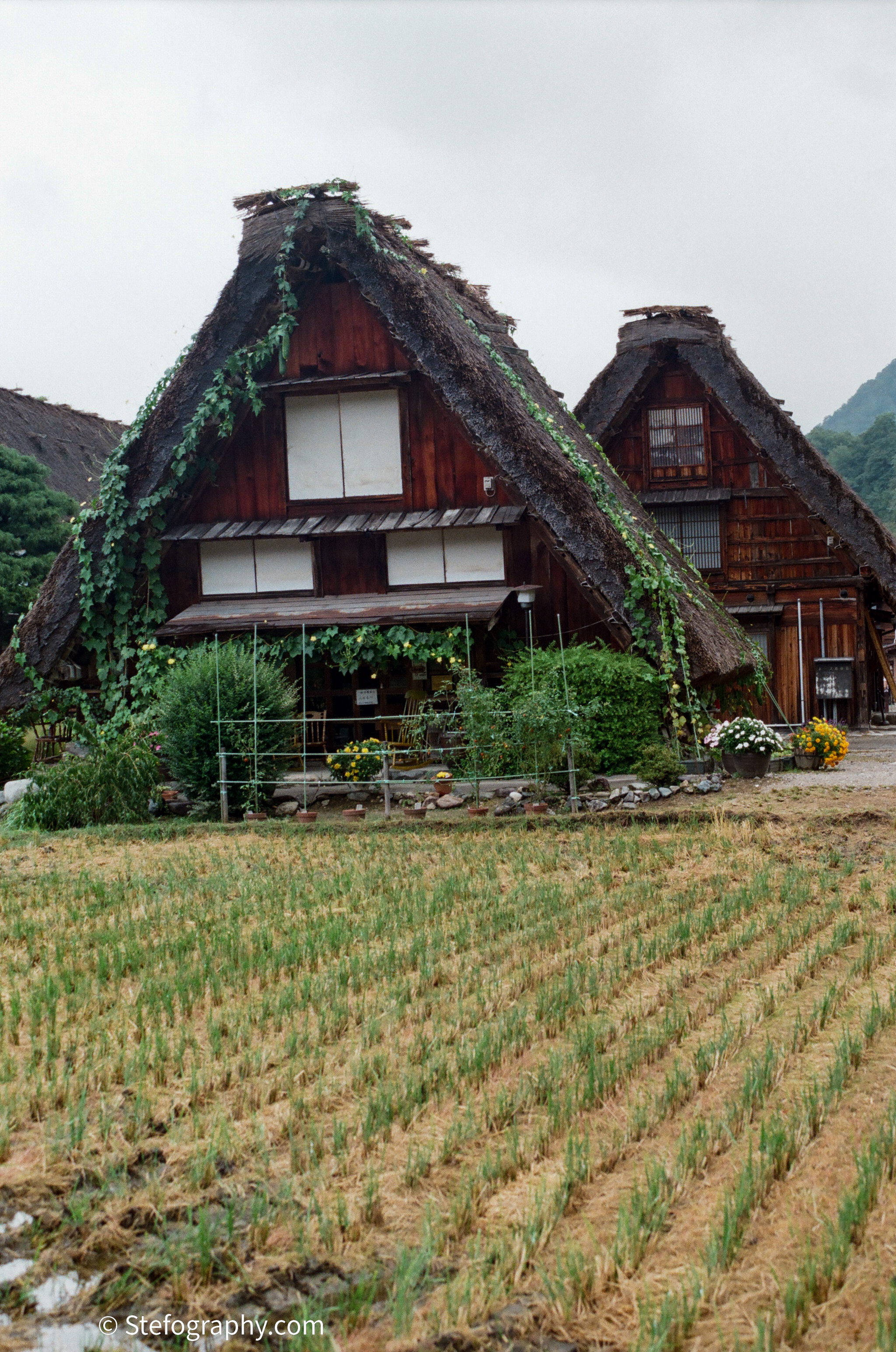
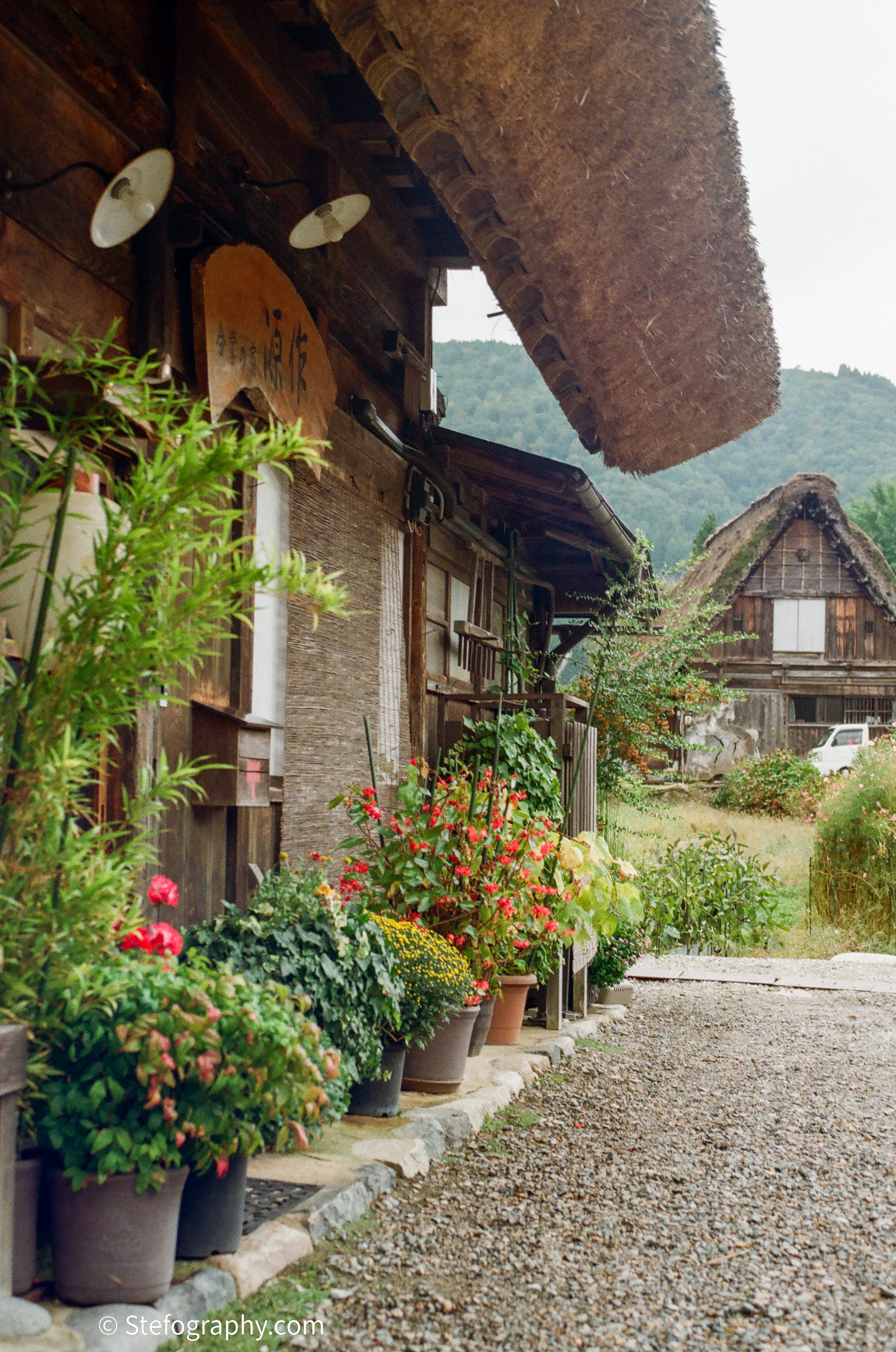
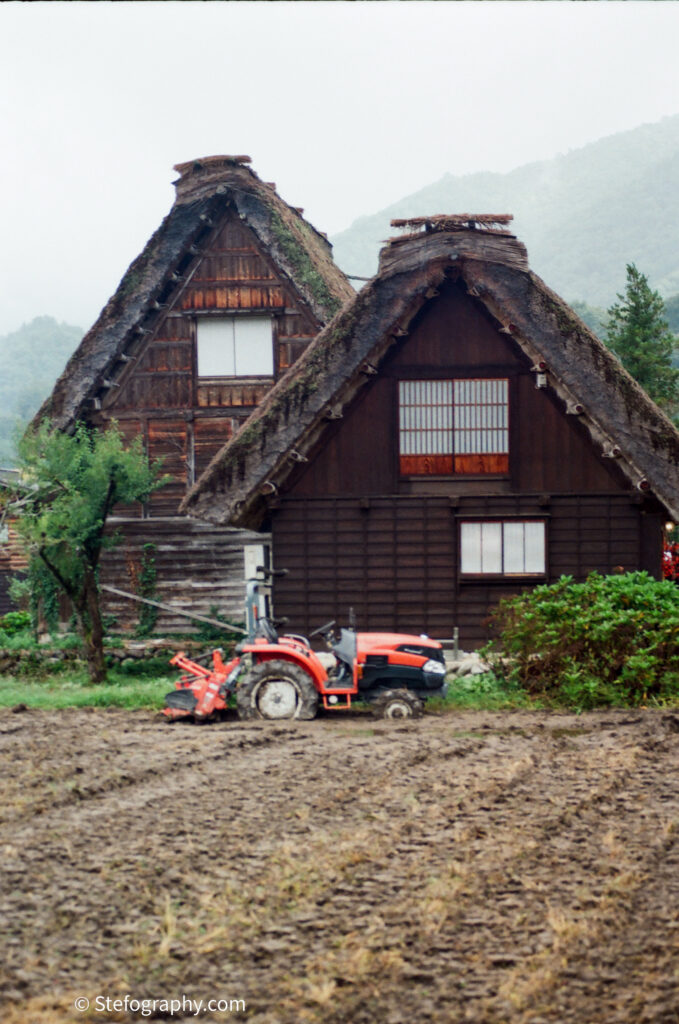

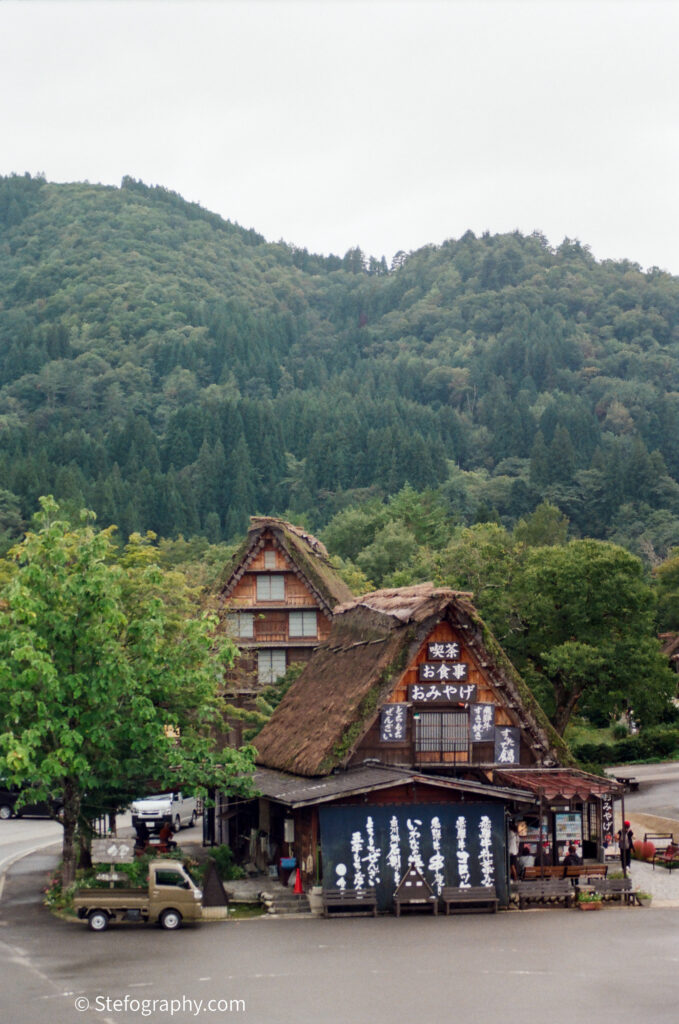

Stop at Suganuma
As beautiful as Shirakawa-go is, it’s also equally busy with tourists. So, as usual, I set out to find some off-the-beaten-path gems—places that are often just as rewarding as the main attractions. While Suganuma isn’t exactly hidden, it’s definitely less visited, attracting only a fraction of the tourists who head to the better-known Shirakawa-go. I truly enjoyed the tranquility there—having the whole place to myself, listening to the wind and a distant family of crows. Every now and then, Captain Click’s shutter would break the silence, adding a touch of life to the stillness.
